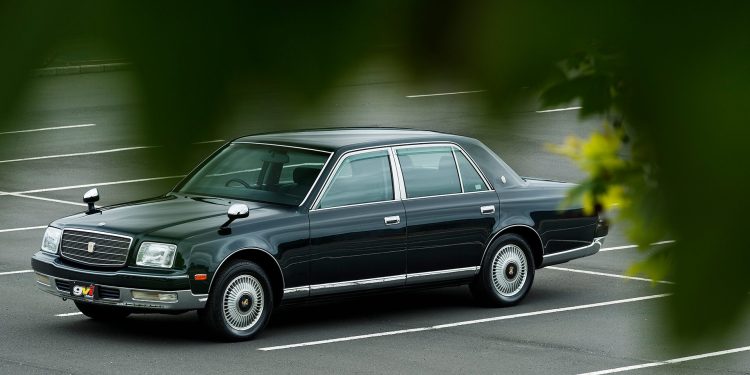1997 Toyota Century V12
Many of Toyota’s nameplates relate in someway to a crown, but the company’s real crowning glory is a car they call the Century. We take the ultimate in JDM luxury out for a spin.
Most would think that the pinnacle of Japanese prestige is Lexus but decades before Toyota’s luxury offshoot was even a thing, the mother company had been building its ultimate saloon, the Century. The firm humbly regards it as ‘one of the most distinguished automobiles in Japan’s history’.
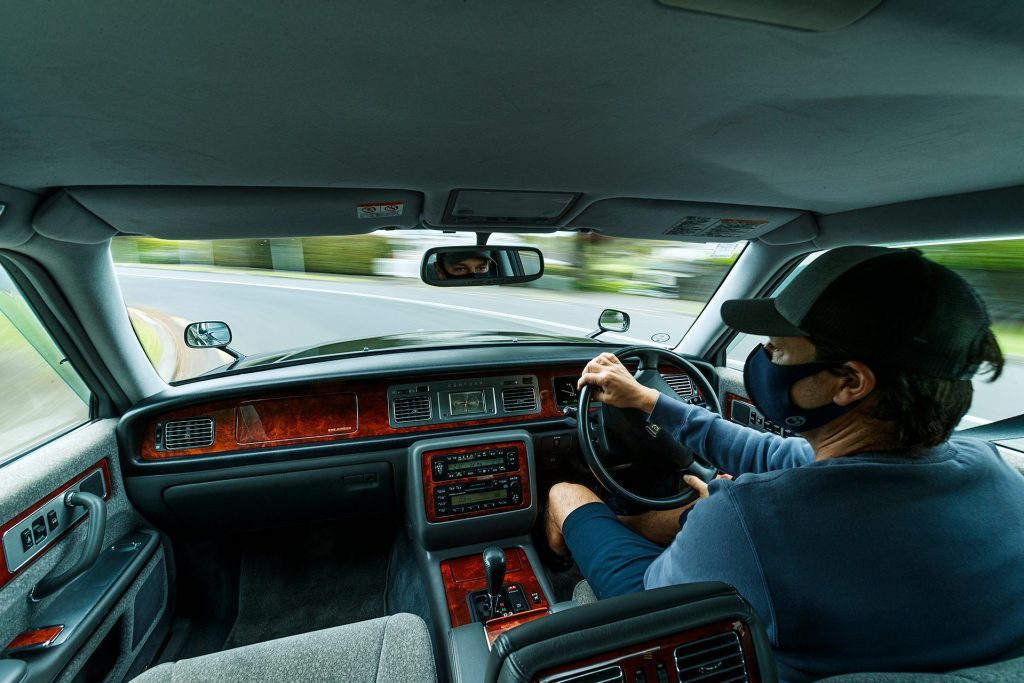
The nameplate dates back to 1967, and has been in continuous production ever since. And yet there have only been three generations, the current model debuting in 2018. The first was minted to celebrate the 100th anniversary of the birth of Toyota founder, Sakichi Toyoda, and so the Century name is apt.
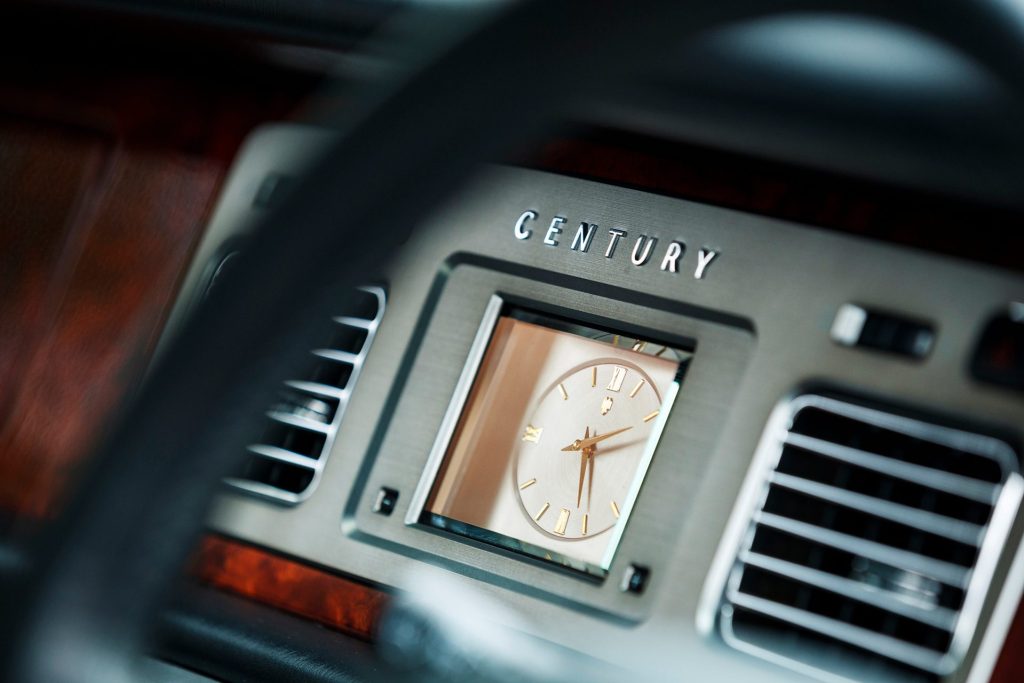
Since those times, the philosophy of the Century has been one of grace and comfort and it has been designed by the company’s finest minds and built by its best craftsman in the pursuit of ultimate luxury. They say it combines leading-edge technologies and regal styling for the height of prestige. However, in true Japanese style, it is all rather understated.
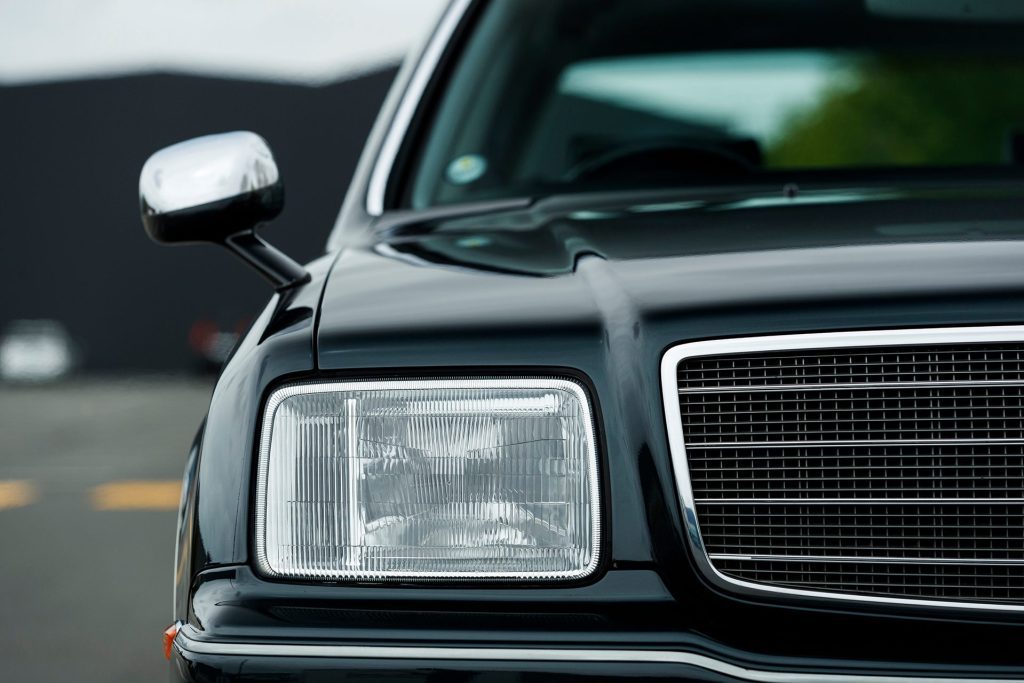
The Century replaced the Crown Eight as Toyota’s top model in 1967, the original powered by a 3.0-litre OHV V8. This was in production until 1997, the Century riding on the same platform for three decades, though it had a few mechanical updates over the years. This featured 1997 model was supplied to us courtesy of GVI in Auckland, and is from the first year of the second generation.
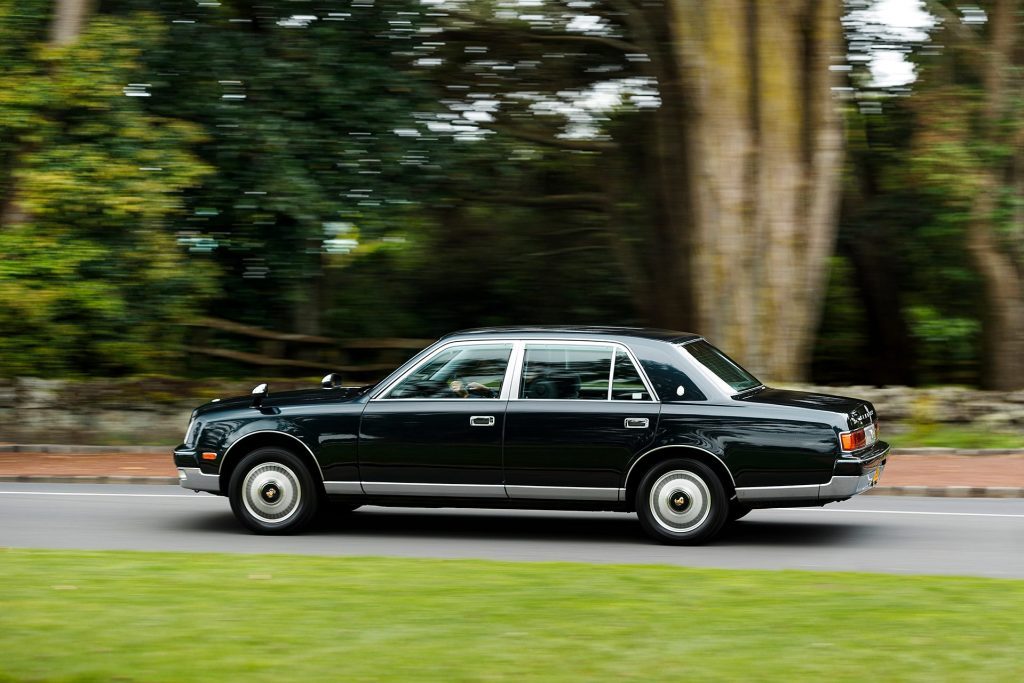
To ensure a serene ride, Toyota developed a 5.0-litre V12, a first for a Japanese passenger vehicle, with the smoothest of power delivery in mind. Part of the engine’s silkiness came from its so-called slant-squish combustion chambers, for precise and stable operation while a rigid engine block and honed internals made it purr.
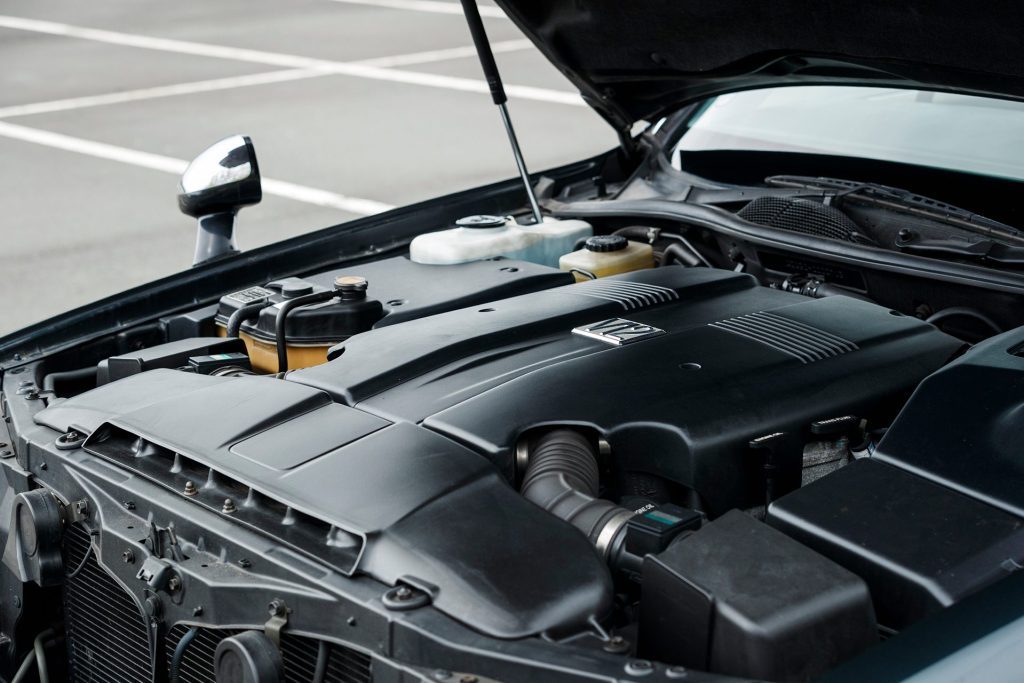
This cranks into life quickly, quietly, and you really can’t detect the engine idling, as it’s turning over at just 600rpm. And this one was still vibration-free after 25 years. The twelve is virtually mute, even when pressed, the result of some five sets of mufflers stifling the burble. Things like variable valve timing and electronic throttle control were trick back in the day, aiding its creaminess. The V12 was rated at the Japanese maximum 280hp/205kW with 480Nm of torque available at 4000rpm.
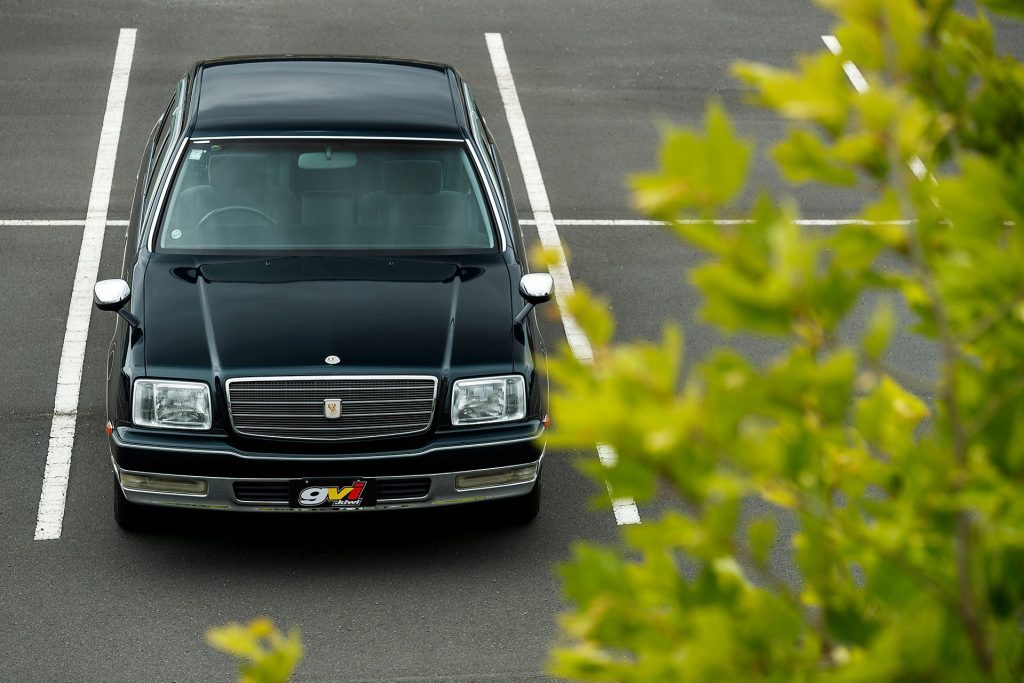
Toyota strived to engineer ‘unparalleled reliability’ into the Century as having it break down en route to a big meeting would be most dishonorable. The V12 they dubbed ‘fail-safe’, in that it is essentially two inline sixes with each bank having its own intake and throttle valves, sensors, and fuel injector controls. There are even two fuel pumps so that if something fails, it can run in six cylinder mode to get the boss to the destination on time. Considering the bulk of the car, tipping in at 2000kg, its stated fuel consumption of 13.9L/100km seems almost reasonable for its vintage.
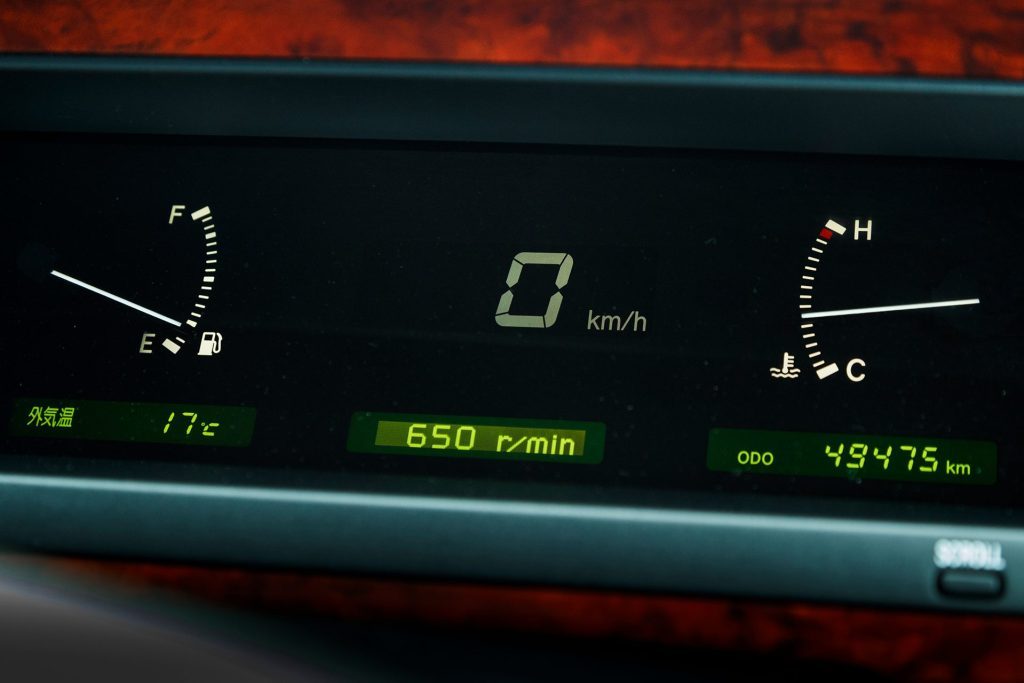
Stirring it along is an electronically-controlled four-speed auto (some models are fitted with a column shifter) while a six-speeder came along in 2005. The four-stage slush box is designed for refined rather than rushed shifting, and you can barely detect the cogs swapping when you’re ambling about. And even when under the pump there’s only modest shift shock as it kicks down. It even transitions from reverse to drive in utter smoothness. The take-up is super slurry, the acceleration progressive as it eases into its work. Its V12 doesn’t exactly hoof things along, and that’s mainly due to the two tonnes of weight, the torque residing higher in the rev range (at least when compared with the turbopetrols we are accustomed to now) and the yawning gaps between the ratios.
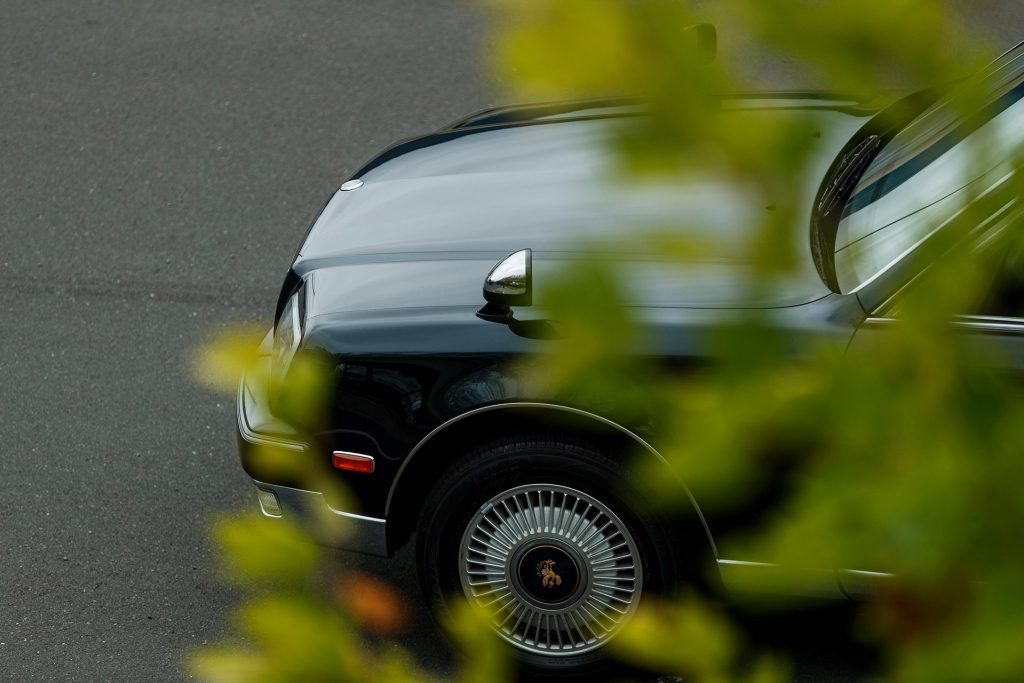
In order to deliver a regal ride, the suspension comprises electronically controlled, continuously variable air springs with double wishbones all round. And it does excel in comfortable progress. It’s a genuine wafter and a rather nice way to get about. You wouldn’t want to get behind the wheel when you’re tired, as this would coax you off to sleep. The seats are spongy, with a degree of springiness in the squab that also aids the plush ride. There’s no creaking or squeaking from anything in the cabin, a testament to how well these were made. Aiding the refinement, the body was said to be made as rigid as possible while the prop shaft was balanced after installation.
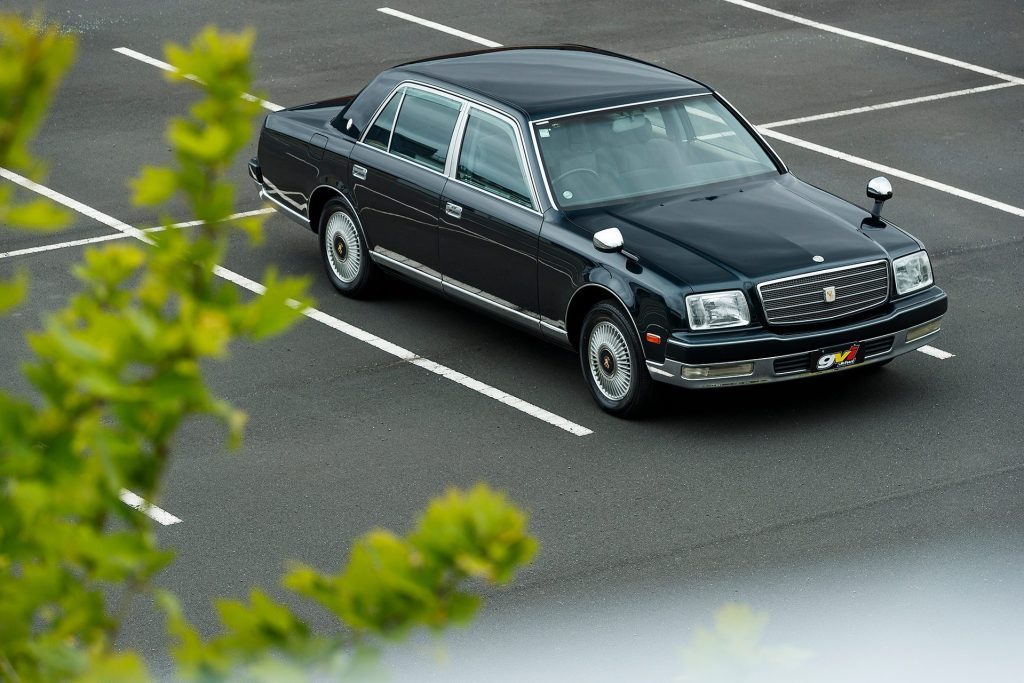
The Century likes tracking straight ahead, feeling somewhat corner adverse. But then rounding up curves was the last thing on the engineer’s mind; this is for being ferried about in, reclining in the back reading the Financial Times. The steering is super light, slow and lazy, with the road feel completely filtered. It’s a lengthy beast, 5.2m long with a three metre wheelbase and yet the turning circle is rather decent, a nod to its life of inner city service. The wing mirrors placed on the guards required an adjustment; you keep peering at the A-pillar when you go to change lanes. But while they look weird, they actually provide a better rearward view. There’s no need for blind spot monitoring with these. And on the safety front, this has traction control but no stability aids, the safety features of the day being tyre pressure monitoring, six air bags and three-point seat belts all around.
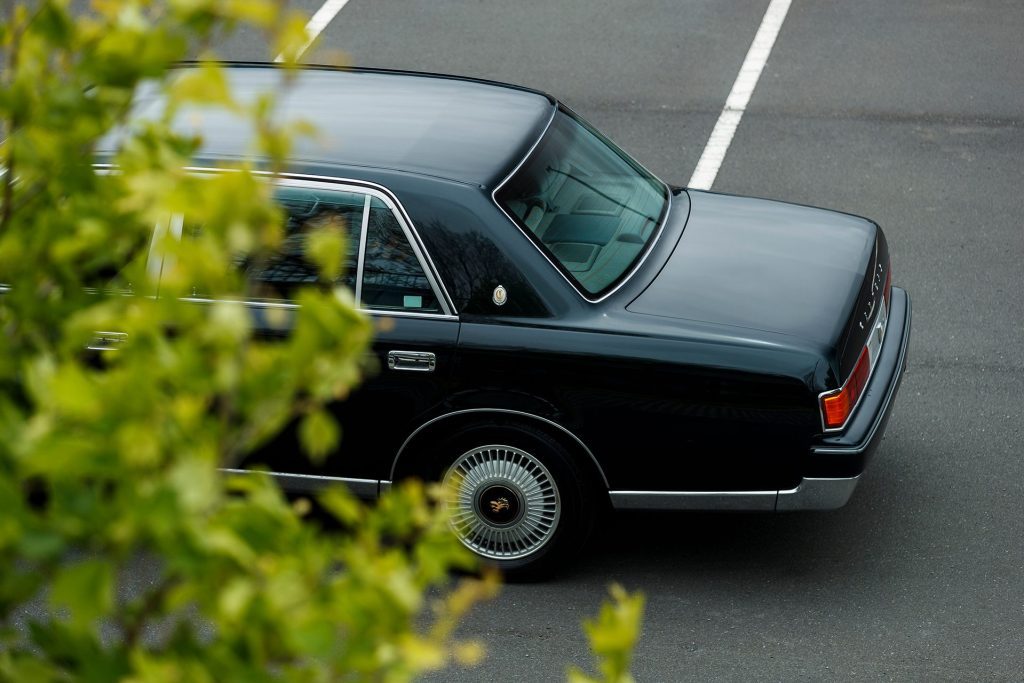
The back seat is the best place to immerse oneself in the Century experience. The door opens without the usual indignant clunk, the latch being electrically operated, and is complete with a soft close function too.
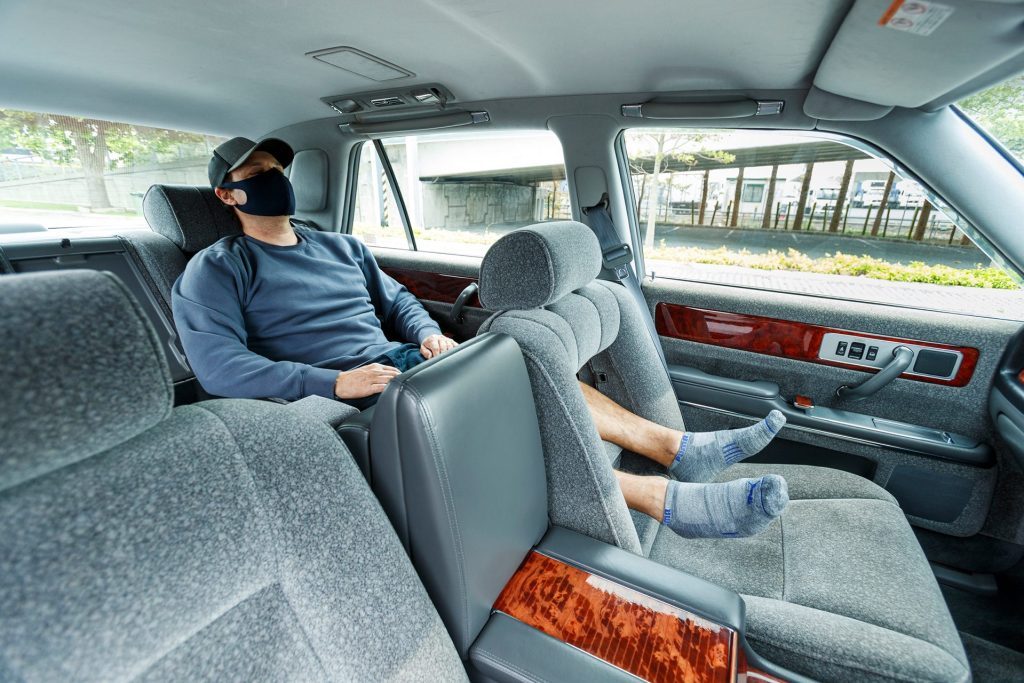
There’s thoroughly decent leg room as you’d expect while for the ultimate in stretch space, you can fold the middle section of the front seat forward, and post your legs through the hole. Recline the seat back, and you can relax La-Z-Boy style. There’s also a vibrating seat function to enliven you for your arrival. However, the odd, high-frequency pulsing is probably not recommended for any great length of time as our innards started feeling funny after only a minute or so.
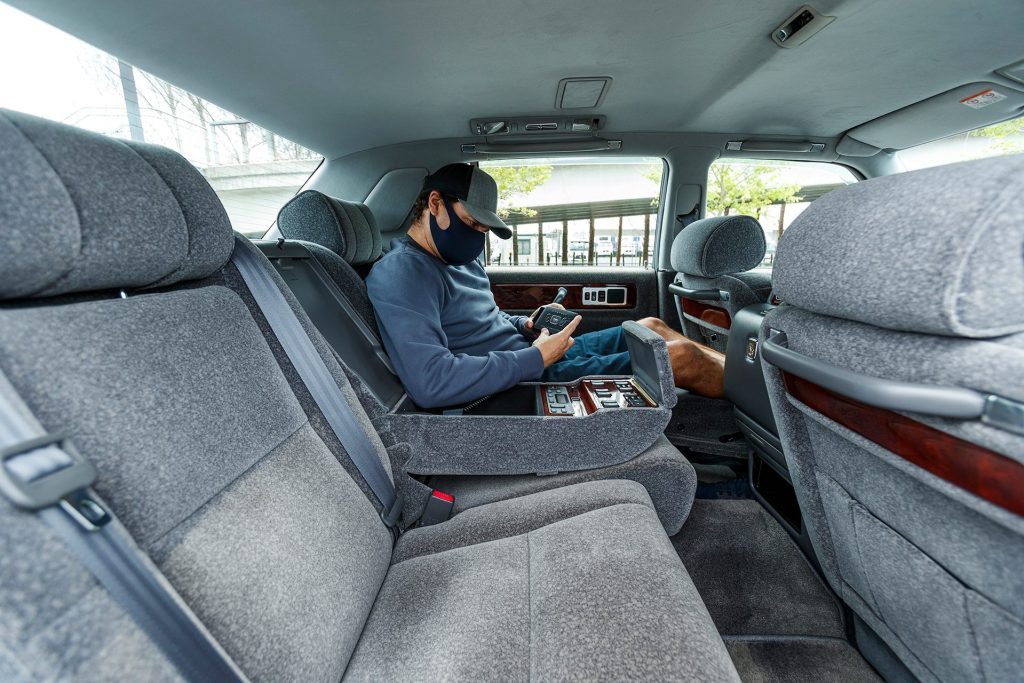
Some models were specified with leather trim, usually if they were to be used in service (for ease of cleaning) though most had the Jacquard woollen fabric, deemed to be more comfortable, and quiet (helping absorb noises, while not squeaking on the move), aiding to the cabin serenity. Ah the serenity.
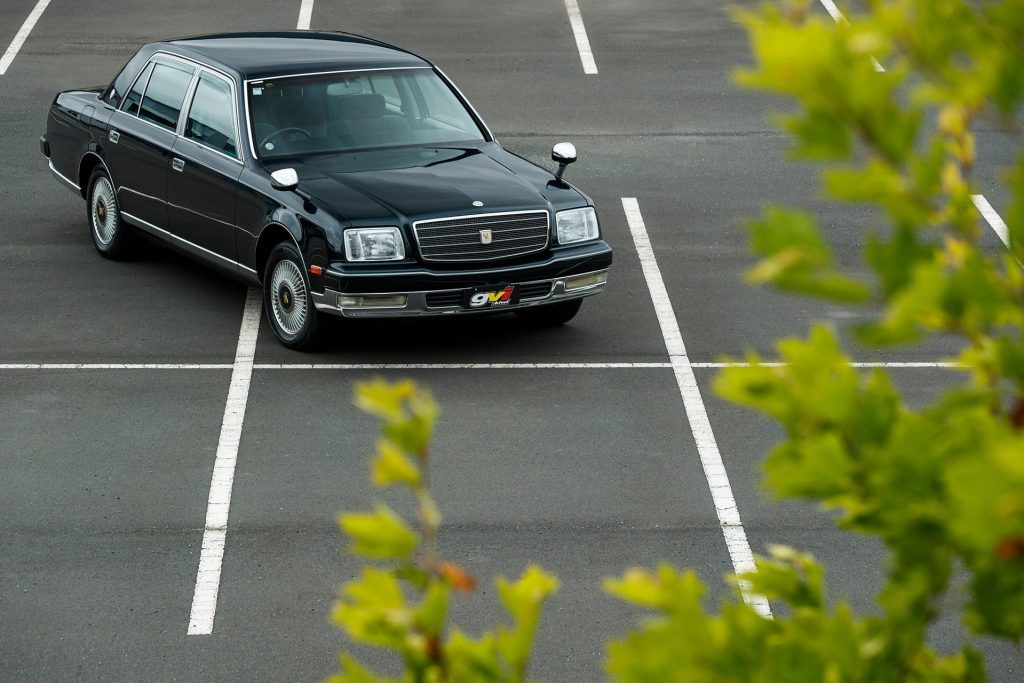
The wool trim is velour-like in feel, all soft and cuddly; you could sit there all day and ruminate on things. A felt-like trim covers the headlining and door pillars while your feet rest on the deep pile carpet. In true JDM style, everything is deliciously grey. The interior panelling is selected from the same piece of wood to ensure the consistency of the grain while the clock uses crystal glass. There are ashtrays and lighters at every door, and it has that authentic JDM import interior smell, although most of it is very well preserved.
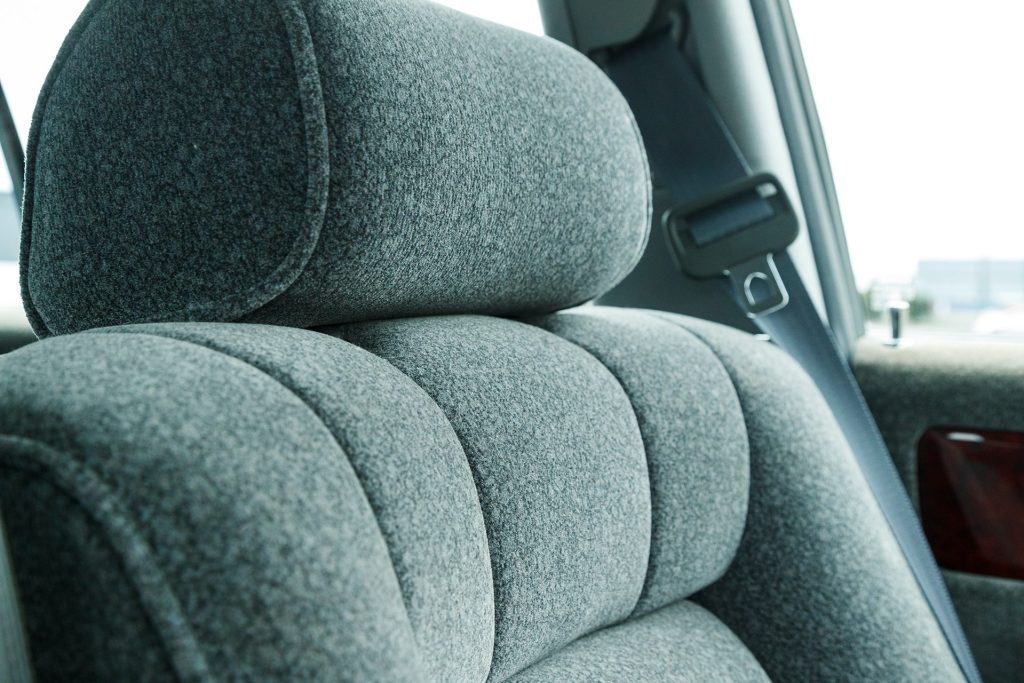
The only option for the Century was the inclusion of the Electro Multi-Vision (EMV) package with GPS voice navigation system, CD player, TV, and FM multiplex text broadcasting, the latter delivering information on traffic and weather. To keep connected on the go, the glove compartment was designed to house a facsimile machine.
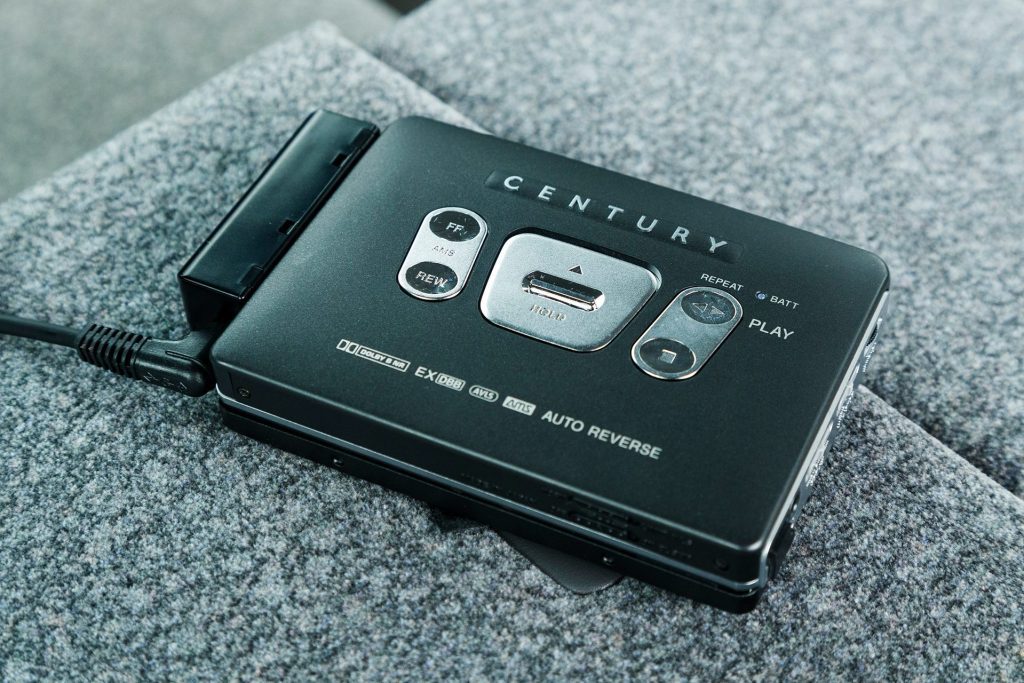
Opening the centre armrest in the rear reveals a set of interior controls, and a Century-branded walkman even. Everything is labelled in Japanese, since it was produced mainly for the domestic market, although around 200 were exported to other markets, including a few LHD examples.
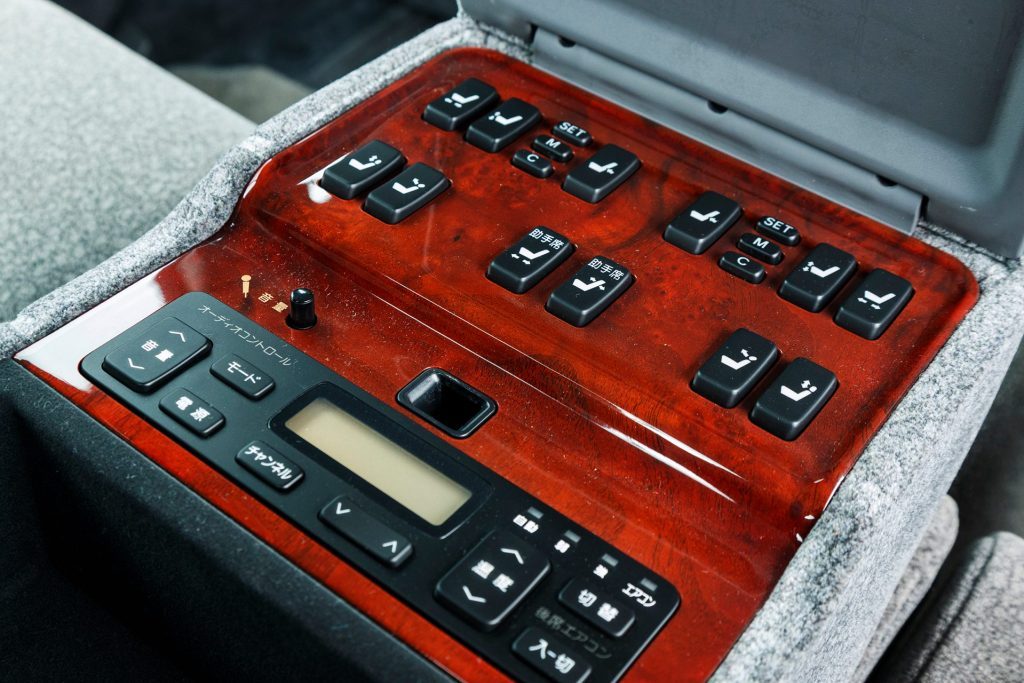
While you’d never label the Century a thing of beauty, Toyota managed to incorporate elements of nineties modernity into its big, stately saloon form. Styling was somewhat influenced by the need for a quiet ride, the panels formed to reduce wind noise. The seam joints are hidden to make it look solid, while all the shut lines are tight. Its body was hand finished, wet sanded, treated to seven coats of colour and polished to a deep lustre. The crazed looking chicken on the grille is representative of the phoenix and linked with the Imperial House of Japan. The badge itself is formed using a hand-carved moulding.
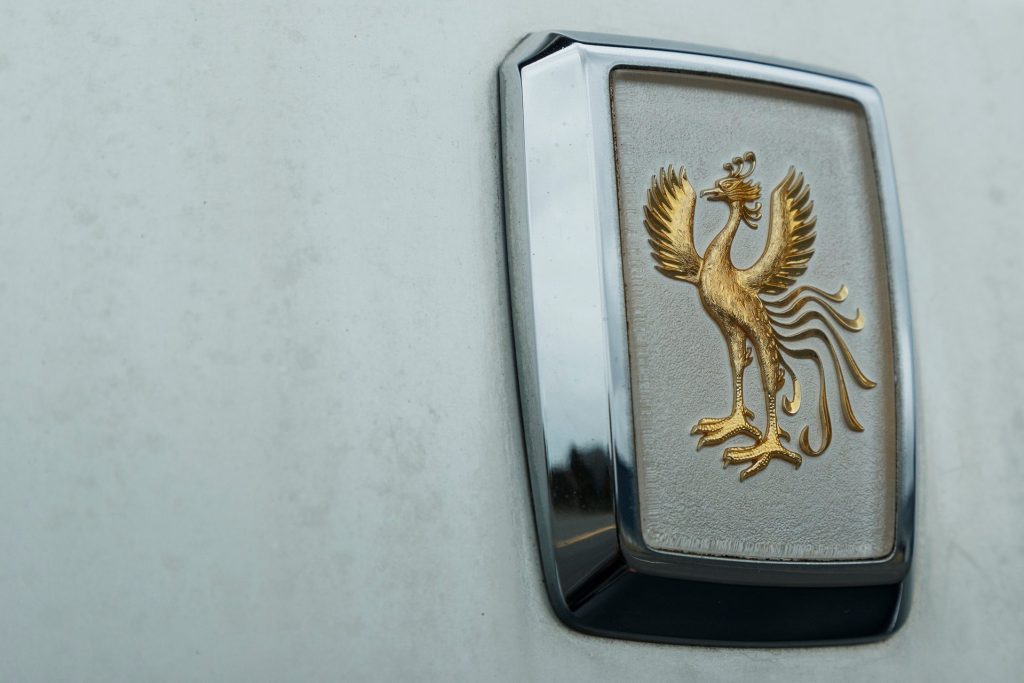
Despite a long production run of over twenty years, just over 9500 of these models were made in that time, perhaps because it was rather expensive. In Japan in 1997, Honda’s Legend and Mazda’s Sentia (929) were around the 4 million yen mark. The price of a high grade Toyota Celsior, (the JDM version of the LS 400) was 6 million yen, while the Century was just under 10 million yen, or around the same money as a Mercedes-Benz S 500.
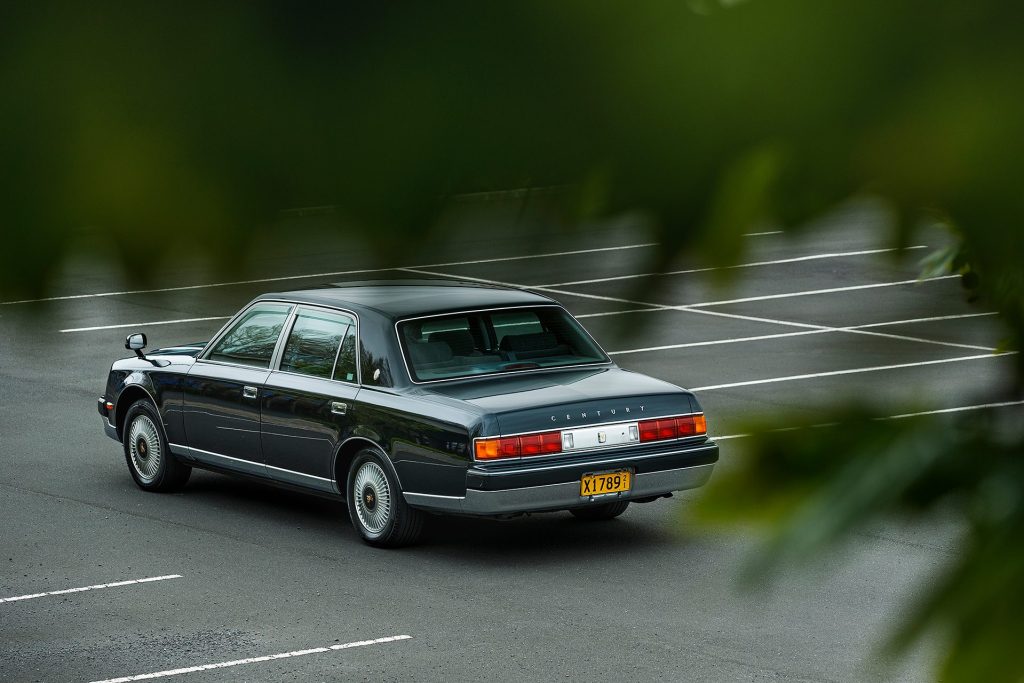
This is the ultimate cruiser for the JDM tragic, and with prices around the $25k mark, it hardly breaks the bank for what was once the pinnacle of Toyota engineering.


